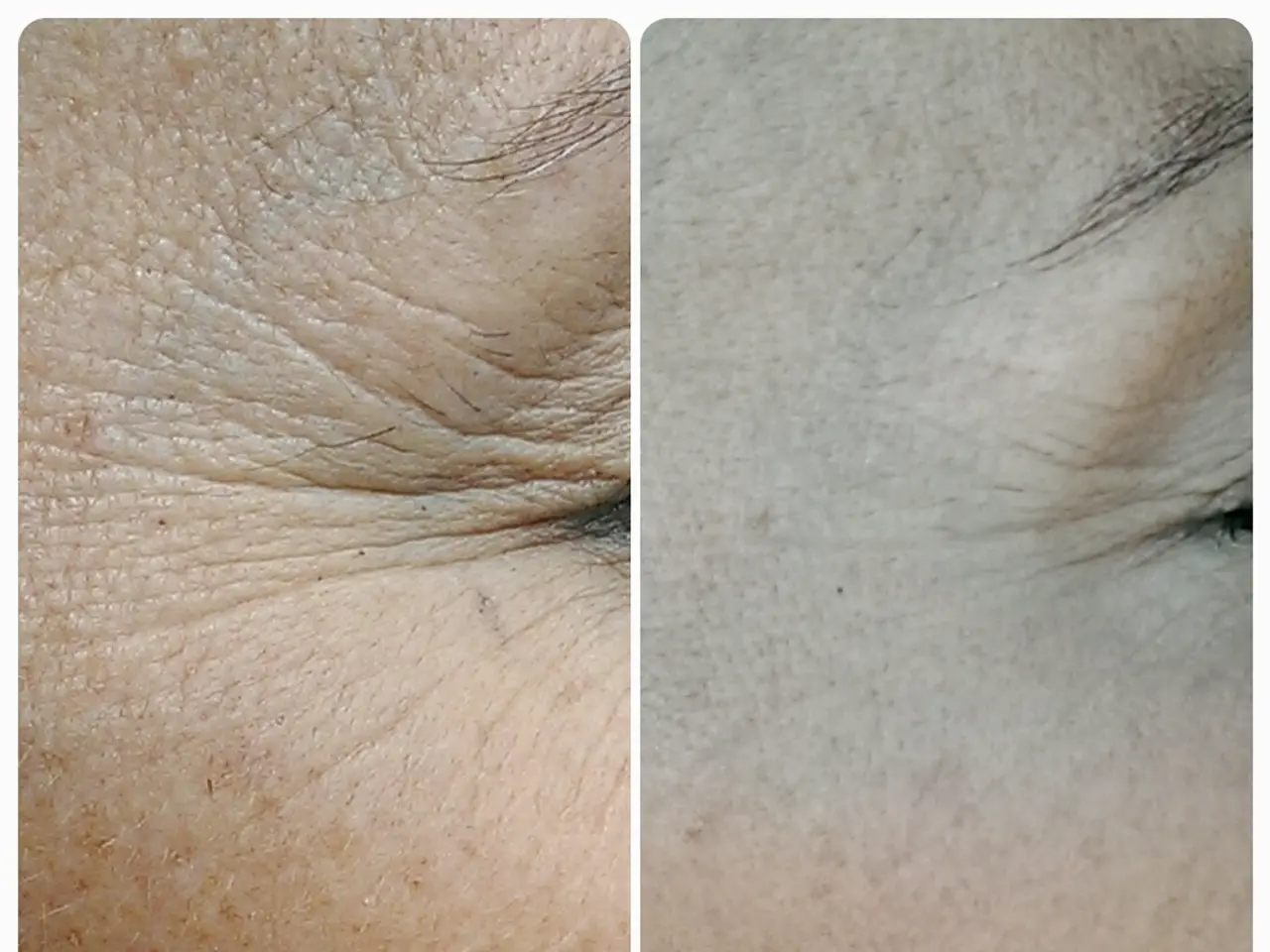Coronavirus Variants, Their Symptoms, and Remedial Measures
SARS-CoV-2, the virus responsible for the COVID-19 pandemic, was first identified in Wuhan, China, in 2019. This virus, like most coronaviruses, originates from animals, including bats and pigs. SARS-CoV-2 has a longer incubation period and is transmissible before and at least 10 days after symptoms appear [1].
The symptoms of COVID-19 can range from none at all to mild, moderate, or severe, and typically appear 2 to 14 days after exposure. The most common symptoms include fever or chills, cough, shortness of breath or difficulty breathing, fatigue, muscle or body aches, headache, new loss or change of taste or smell, sore throat, nasal congestion or runny nose, nausea or vomiting, and diarrhea [2].
However, emergency symptoms that require immediate medical attention include severe shortness of breath, persistent chest pain or pressure, new confusion or inability to wake or stay awake, pale, gray, or blue-coloration of skin, lips, or nail beds (depending on skin tone), and any other serious symptoms such as trouble breathing, persistent pain or pressure in the chest, confusion, a seeming inability to wake up or stay awake, a bluish tinge to the lips or face, or any other serious symptoms [3].
SARS-CoV-2 is part of a larger family of viruses known as coronaviruses. These viruses can cause upper respiratory tract and intestinal illnesses. Four common human coronaviruses (229E, NL63, OC43, HKU1) cause mild respiratory illnesses, such as the common cold [4].
COVID-19 can cause mild to severe symptoms, with older adults and those with underlying medical conditions at higher risk. The flu is more likely to cause complications in children, while COVID-19 generally appears to have less severe effects in children than in adults [5].
To prevent the transmission of coronaviruses such as SARS-CoV-2, it is important to follow official guidelines about physical distancing and hygiene. According to the Centers for Disease Control and Prevention (CDC), the best ways to avoid the novel coronavirus involve hand washing, physical distancing, and household and personal hygiene [6].
Major multinational efforts are underway to develop a vaccine to prevent infections causing COVID-19. The European Medicine Agency has endorsed the use of dexamethasone for people who need oxygen or ventilation and authorized the use of remdesivir for people requiring hospital care [7].
It is important to note that coronaviruses reach humans through contact with animals, including livestock, camels, bats, and cats. Occasionally, one of these coronaviruses evolves the ability to infect humans, as seen with SARS-CoV-2 and other coronaviruses such as MERS-CoV, which causes Middle East respiratory syndrome and has caused outbreaks since 2012 [8].
SARS-CoV, another type of coronavirus, caused the SARS epidemic in 2002-2003. Major efforts are being made to combat the ongoing COVID-19 pandemic, and it is crucial that everyone follows official guidelines to prevent the spread of the virus [9].
References:
[1] World Health Organization. (2020). Coronavirus disease (COVID-19) advice for the public: Myth busters. https://www.who.int/news-room/q-a-detail/q-a-coronaviruses
[2] Centers for Disease Control and Prevention. (2020). Coronavirus Disease 2019 (COVID-19). https://www.cdc.gov/coronavirus/2019-ncov/symptoms-testing/symptoms.html
[3] Centers for Disease Control and Prevention. (2020). Symptoms of Coronavirus. https://www.cdc.gov/coronavirus/2019-ncov/symptoms-testing/symptoms.html
[4] National Institute of Allergy and Infectious Diseases. (2020). Coronavirus Disease 2019 (COVID-19) Pandemic. https://www.niaid.nih.gov/diseases-conditions/coronavirus-disease-2019-covid-19
[5] World Health Organization. (2020). Coronavirus disease (COVID-19) advice for the public: Myth busters. https://www.who.int/news-room/q-a-detail/q-a-coronaviruses
[6] Centers for Disease Control and Prevention. (2020). How to Protect Yourself & Others. https://www.cdc.gov/coronavirus/2019-ncov/prevent-getting-sick/prevention.html
[7] European Medicines Agency. (2020). Remdesivir. https://www.ema.europa.eu/en/medicines/human/EPAR/remdesivir
[8] World Health Organization. (2020). Coronavirus disease (COVID-19) advice for the public: Myth busters. https://www.who.int/news-room/q-a-detail/q-a-coronaviruses
[9] World Health Organization. (2020). Coronavirus disease (COVID-19) pandemic. https://www.who.int/emergencies/diseases/novel-coronavirus-2019/event-timeline
- The coronavirus responsible for the COVID-19 pandemic, SARS-CoV-2, originates from animals, similar to other coronaviruses like those that cause the common cold (uc).
- COVID-19 symptoms, such as fever, cough, and shortness of breath, can be mild to severe, and older adults and those with underlying medical conditions are at higher risk (medical-conditions).
- To avoid the spread of coronaviruses like SARS-CoV-2, it's essential to follow guidelines on physical distancing and hygiene (nscls).
- Another type of coronavirus, SARS-CoV, caused the SARS epidemic in 2002-2003 and, like SARS-CoV-2, originated from animals (coronavirus).
- Major international efforts are underway to develop a vaccine to prevent coronaviruses from causing infections such as those causing COVID-19 (aq).
- Alzheimer's, while not a medical condition directly related to coronaviruses, is a health and wellness concern that should also be taken seriously (alzheimer).




